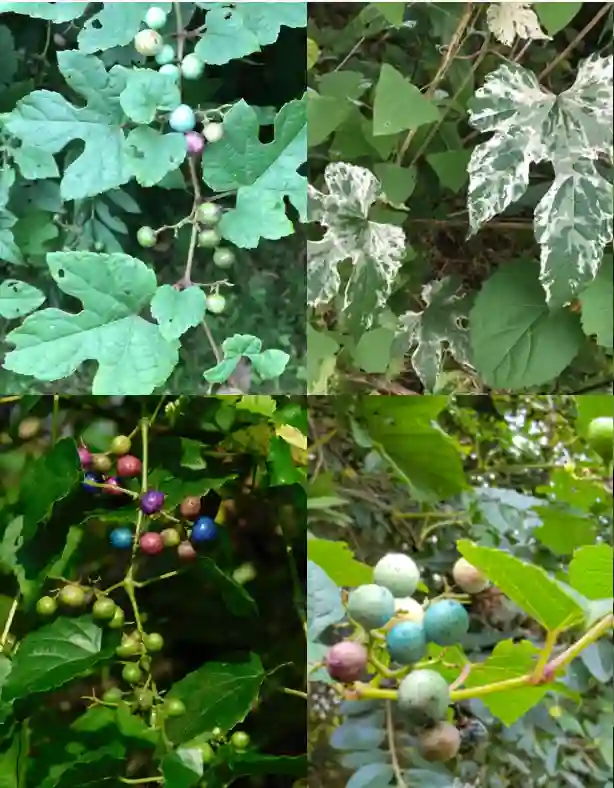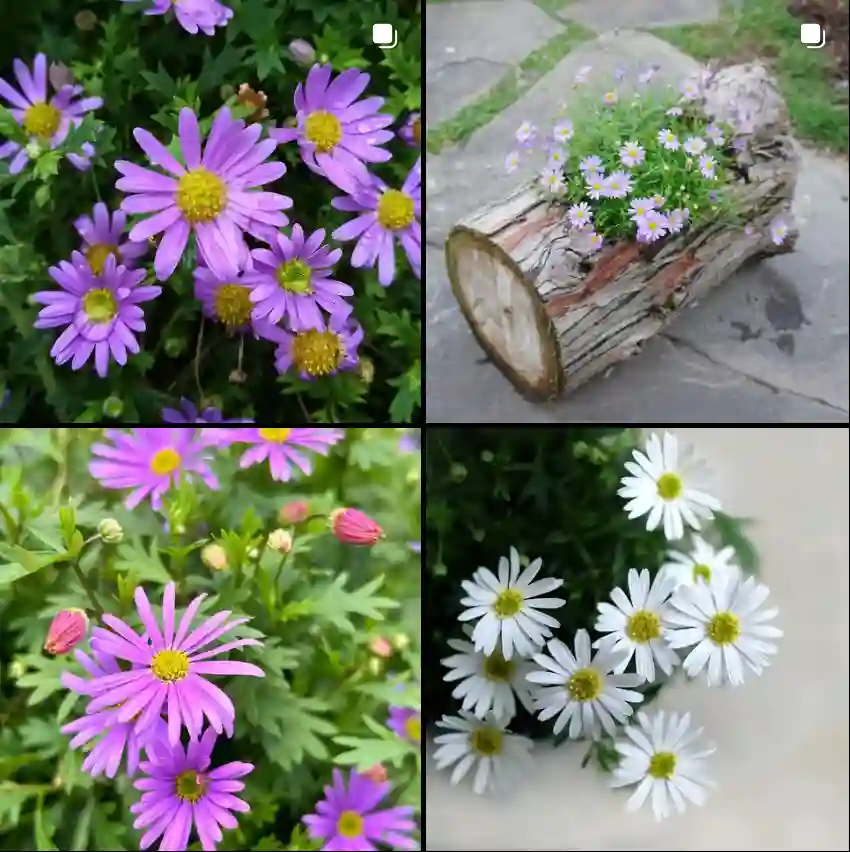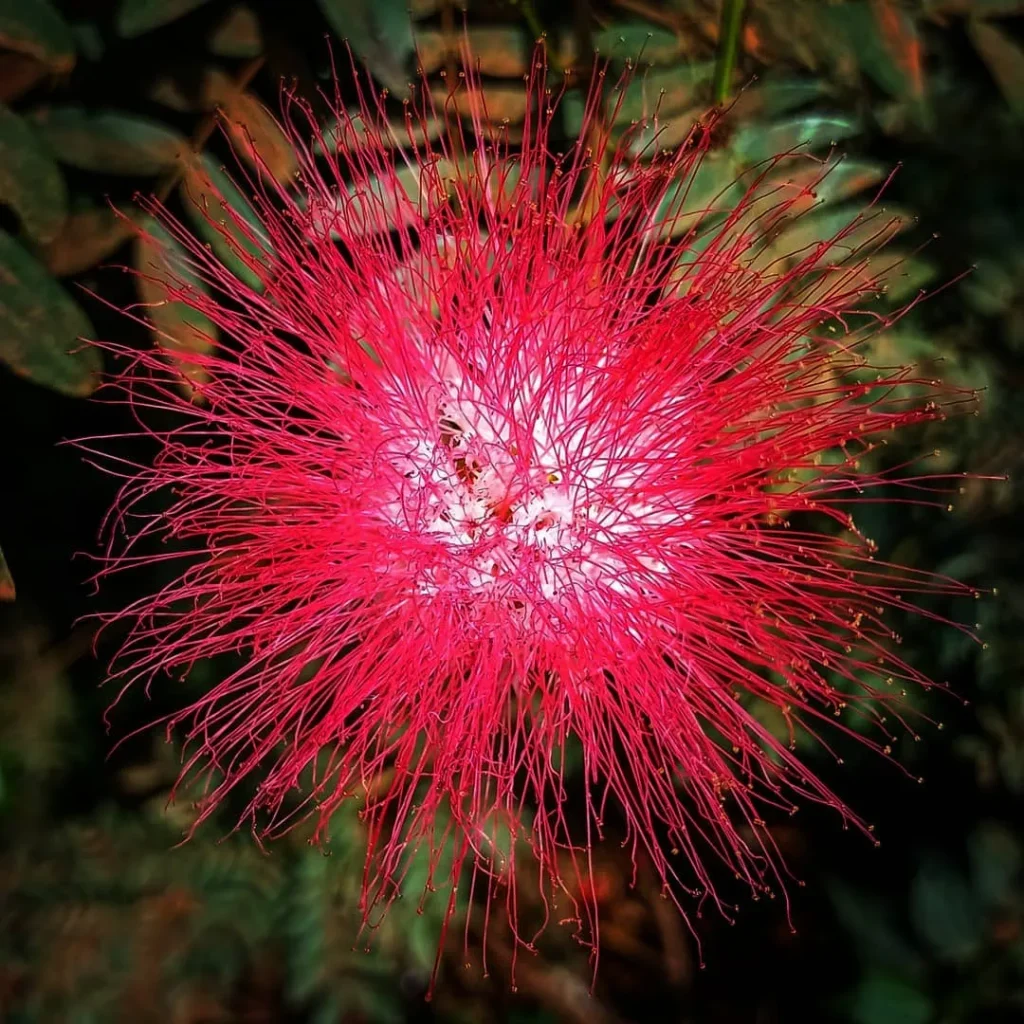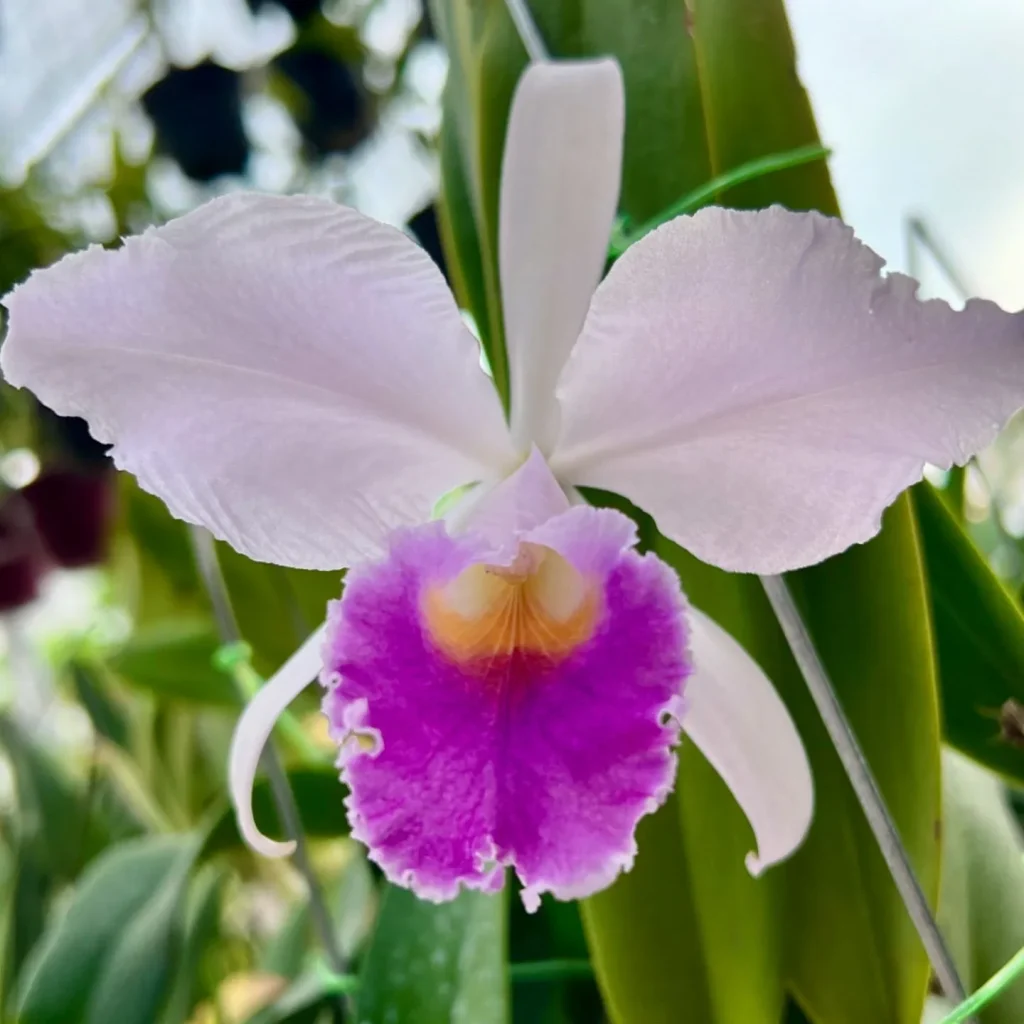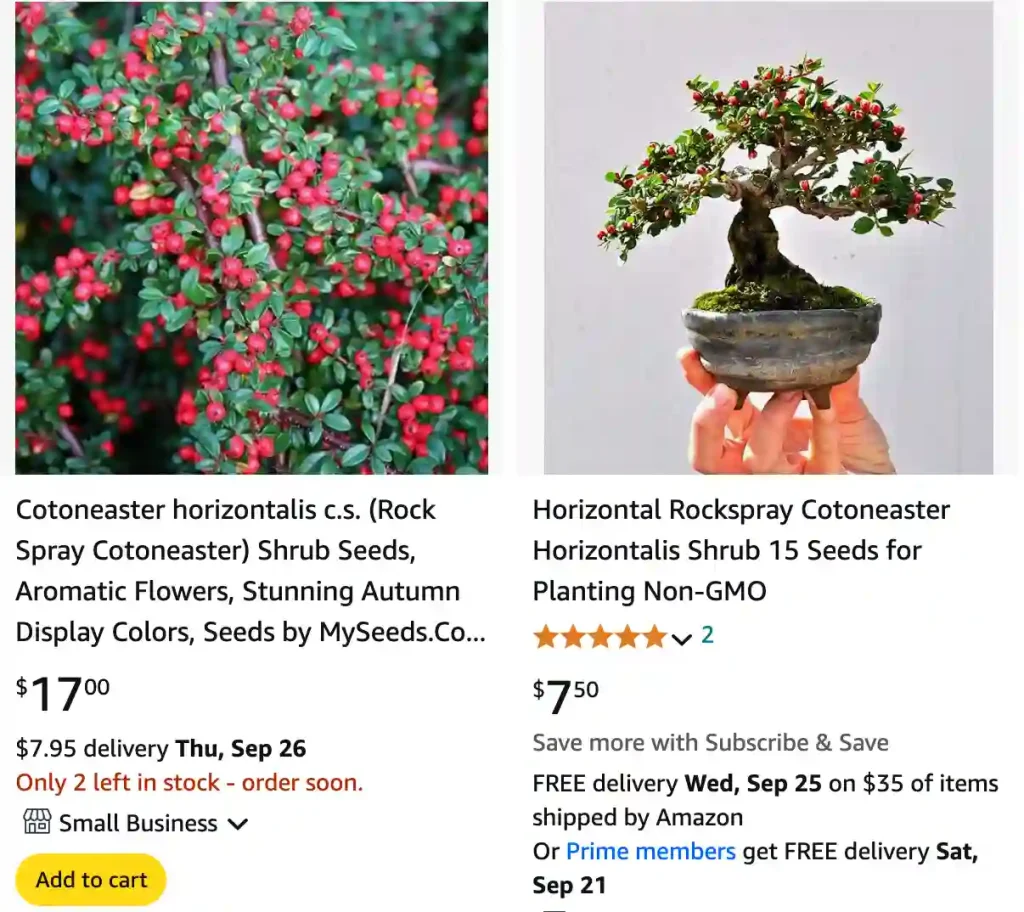
Rockspray Cotoneaster: FAQs and Essential Information
Rockspray Cotoneaster is a charming and versatile plant that’s a favorite among gardeners. This hardy shrub is known for its ground-covering abilities and appealing aesthetics. If you’re considering adding Rockspray Cotoneaster to your garden or have questions about its care and safety, here’s a detailed guide based on my experiences and research.
What is Rockspray Cotoneaster?
Rockspray Cotoneaster, scientifically known as Cotoneaster horizontalis, is a low-growing, spreading evergreen shrub. It’s admired for its ability to cover ground with a dense mat of small, oval leaves. During late spring, it produces tiny, pink to white flowers that give way to bright red berries in the fall, which can persist through winter. Its spreading habit makes it an excellent choice for ground cover, rock gardens, and low hedges.
Is Rockspray Cotoneaster Poisonous?
When it comes to safety, Rockspray Cotoneaster is generally not considered highly toxic to humans. While the berries contain compounds that can cause mild gastrointestinal distress if ingested in large amounts, the plant is not highly poisonous. It’s always wise to handle plants with care and wash your hands after gardening, just to be on the safe side.
Is Rockspray Cotoneaster Poisonous to Dogs?
For pet owners, the safety of plants is a crucial consideration. Fortunately, Rockspray Cotoneaster is not known to be highly toxic to dogs. The berries can cause some digestive upset if consumed in significant quantities, but this is not common. As a precaution, it’s a good idea to discourage your dog from eating garden plants, including Cotoneaster. Keeping an eye on your pet and ensuring they don’t eat large amounts of anything from the garden can help prevent any potential issues.
How to Care for Rockspray Cotoneaster?
Rockspray Cotoneaster is relatively low-maintenance and thrives with minimal care. It prefers well-drained soil and can tolerate a range of light conditions, from full sun to partial shade. Once established, it’s drought-tolerant but benefits from occasional watering during prolonged dry spells. Pruning is generally not necessary except to maintain its shape and remove any dead or damaged branches. Performing this maintenance in late winter or early spring helps keep the plant healthy and attractive.
How to Propagate Rockspray Cotoneaster?
Propagating Rockspray Cotoneaster can be done through cuttings or layering. To propagate via cuttings, take semi-hardwood cuttings in late summer or early fall, apply rooting hormone, and plant them in a well-draining potting mix. Keep the cuttings moist and provide indirect light until roots develop. Layering involves bending a branch to the ground, covering it with soil, and allowing it to root before separating it from the parent plant.
What to Plant with Rockspray Cotoneaster?
Rockspray Cotoneaster pairs well with various garden plants. Its spreading nature makes it an excellent companion for plants with upright or mounding forms. Consider combining it with ornamental grasses, perennials such as lavender or sedum, and other low-growing shrubs. It also works beautifully in rock gardens or as ground cover among larger shrubs and trees.
Can You Grow Rockspray Cotoneaster Indoors?
Rockspray Cotoneaster is primarily suited for outdoor environments. However, if you have a large indoor space with ample light, you might attempt growing it indoors. Ensure it receives plenty of sunlight, ideally from a south-facing window, and keep the soil consistently moist but not waterlogged. Despite these conditions, it’s generally better suited to outdoor gardens due to its size and growth habits.
Benefits of Rockspray Cotoneaster
Rockspray Cotoneaster offers several benefits for garden enthusiasts. Its dense, spreading habit makes it an effective ground cover, preventing soil erosion and suppressing weeds. The plant provides year-round interest with its evergreen leaves and bright red berries. It’s also low-maintenance, making it a practical choice for busy gardeners who want a reliable, attractive plant without extensive upkeep.
Common Problems with Rockspray Cotoneaster
While generally hardy, Rockspray Cotoneaster can face some issues. Common problems include pests such as aphids and scale insects. Regular monitoring and using insecticidal soap can help manage these pests. Additionally, the plant can be prone to fungal diseases like leaf spot and rust, especially in overly wet conditions. Ensuring good air circulation and avoiding overhead watering can help mitigate these issues.
Comparing Rockspray Cotoneaster with Other Cotoneaster Varieties
If you’re exploring different Cotoneaster options, comparing Rockspray Cotoneaster with other varieties can be helpful. For example, Cotoneaster dammeri (Bearberry Cotoneaster) is another low-growing option, often used for ground cover but with a more prostrate form. Cotoneaster lacteus, or Bearberry Cotoneaster, has a more upright habit and is suitable for creating a hedge or screen.
In summary, Rockspray Cotoneaster is a versatile and attractive addition to any garden. It is not highly toxic to humans or dogs, making it a safe choice for many environments. With its easy care requirements and numerous benefits, it’s a great option for gardeners looking for a reliable and beautiful plant.

